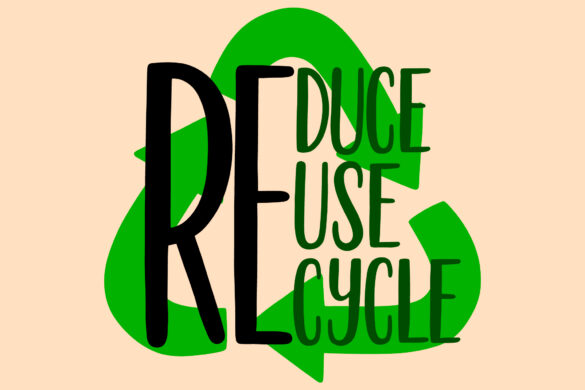Sodium polynaphthalene sulfonate or simply polynaphthalene sulfonate is a widely used chemical in the construction and processing industries. Its primary role is similar to a high-range water reducing agent.
If you’re involved in the construction or processing business, the chances are you will procure it at some point in the future. Before you do, there are a few things you must keep in mind. This article explains everything you need to know before buying poly naphthalene.

Polynaphthalene Sulfonate and its Properties
All compounds differ from one another by their properties, both physical and chemical. So before purchasing a compound, you must know about its properties.
Poly naphthalene goes by various names. It is also known as Naphthalene Sulfonate Formaldehyde or NSF, which is a naphthalene-based superplasticizer. It has two molecules of benzene fused, and this fused product is called naphthalene.
In terms of composition, NSF is known as the sodium salt of naphthalene sulfonate polymerized with formaldehyde.
It has the following properties:
- Color – Light yellow to dark brown
- Specific gravity – 1.24
- Sodium sulfate content (in percentage) – 5.0 max
- pH value – 7-9
- Solid content (in percentage) – 92 min
- Moisture (in percentage) – 8.0 max
- Finesse (in percentage and 0.315 mm remains) – 15
- Bulk density – 350 min
Application
Sodium polynaphthalene sulfonate has a wide range of applications. It is used as a raw material for preparing admixtures in the construction industry. It is a necessary ingredient for formulating chemical admixtures used to prepare concrete and mortars, among other compounds.
Thus, whenever there’s a need to prepare an admixture at your construction site, you’d have to procure poly naphthalene sulfonate.
The admixture reduces the water/cement ratio, consequently increasing the material’s strength. In the process, it saves water.
For the preparation of dry mortar, you need to use NSF in powder form. Because of its high dispensing power on concrete, it gets the job done.
If you’re using polynaphthalene sulfonate as a concrete admixture, you should use it in reinforced concrete and construct monolithic concrete that demands high compression strength. Also, it can be used in the production of fine concrete, dense-clad construction, thin-slab models, and structures with complicated construction.
You can significantly increase the superplasticizer’s efficiency by producing high-flow mixes with slumps between 16-21 cm and higher and high-strength concrete.
Sodium polynaphthalene sulfonate is also used as a raw material for the production of accelerators and anti-freezing agents.
In the cosmetic industry, it is used for preparing eye shadows, blushers, and lipsticks. It enhances the water solubility of other ingredients that go into preparing the cosmetic.
Advantages
There are a couple of alternatives to NSF, but still, it is preferred over others. That’s because there are certain advantages to it. Here are the main ones:
- Increases the mixed flow of concrete up to 16-21 cm without compromising on strength or durability (when measured at constant water-cement ratio)
- Increases the strength characteristics of a concrete mix by as many as 20% (it due to the low water requirement)
- Prepare concrete with high water-proofing that’s also resistant to frost and corrosion.
- Decreases consumption of cement as much as 20% in equally-flow mixes
- Reduces the time and energy required for thermal moisturizing the concrete
Other than the advantages, there are a few more things you should know before you buy sodium polynaphthalene sulfonate.
- Dosage – When using this compound with concrete, mortar, and water, you need proper dosing. Keep it between 0.3-0.8 percent of dry powder from cement.
- Storage – You need to store the NSF in a secure place properly. The shelf life of both powder and liquid is one year.
- Packaging – In liquid form, you can store it in plastic containers. For powder NSF, you can store it in polyethylene paper sacks.
- Safety – NSF is both fire and explosive safe. So it isn’t inflammable. When working with this compound, you should take the necessary safety precautions.
How to Work with a Supplier?
To start using polynaphthalene sulfonate, you need to procure it. Many suppliers can deliver the chemical to you, but not all of them can deliver equal service.
First and foremost, you should look at the registration details and compliance. All chemical manufacturers should have ISO certification. This ensures the products meet all the specifications laid out by the International Organization for Standardization. OHSAS18000 and ISO9001 are two of the most important certificates to look for.
Similarly, the supplier should have environmental safety measures in place. ISO14001 certificate is related to the environmental management system and mandates producers to handle hazardous chemicals properly.
To conclude, you should purchase sodium polynaphthalene sulfonate from a reputed supplier with years of experience handling the production.





